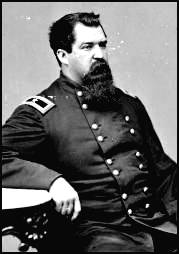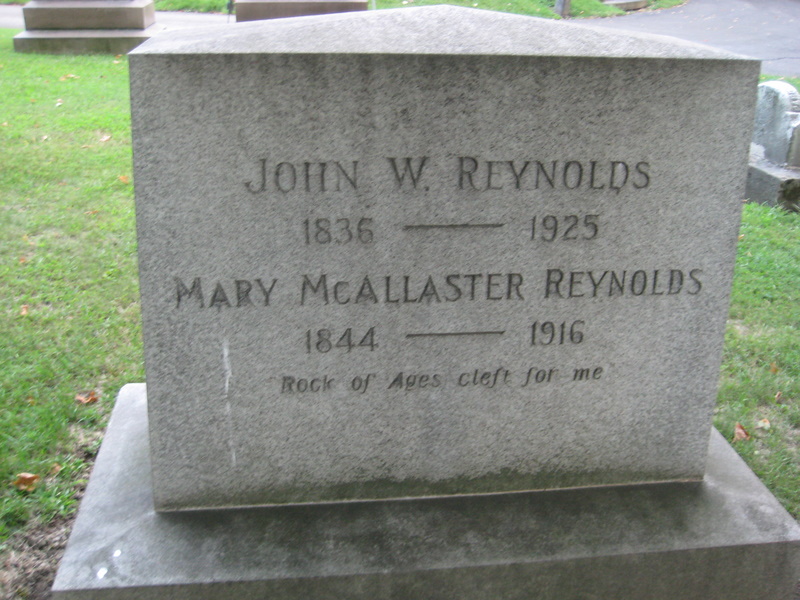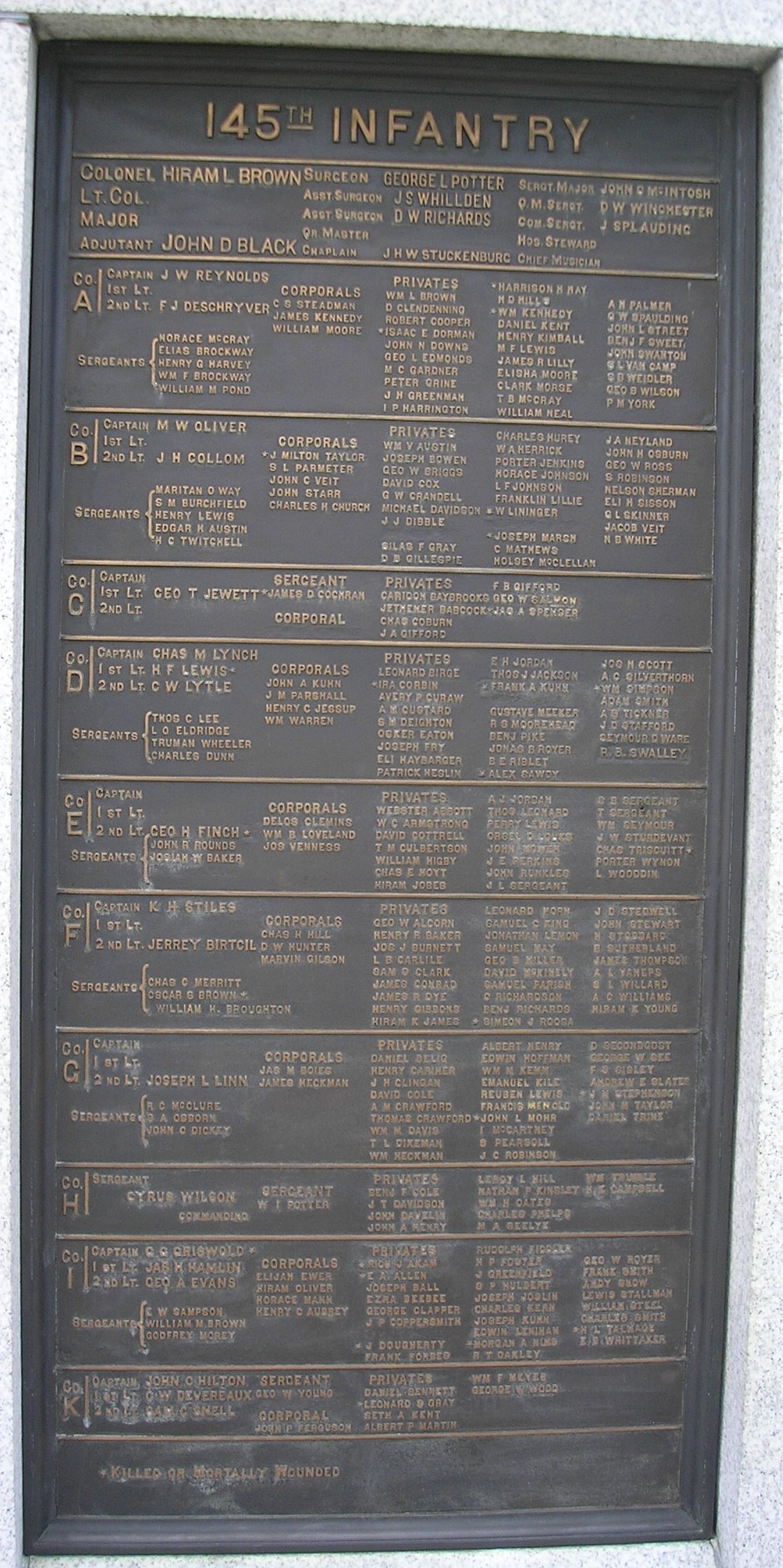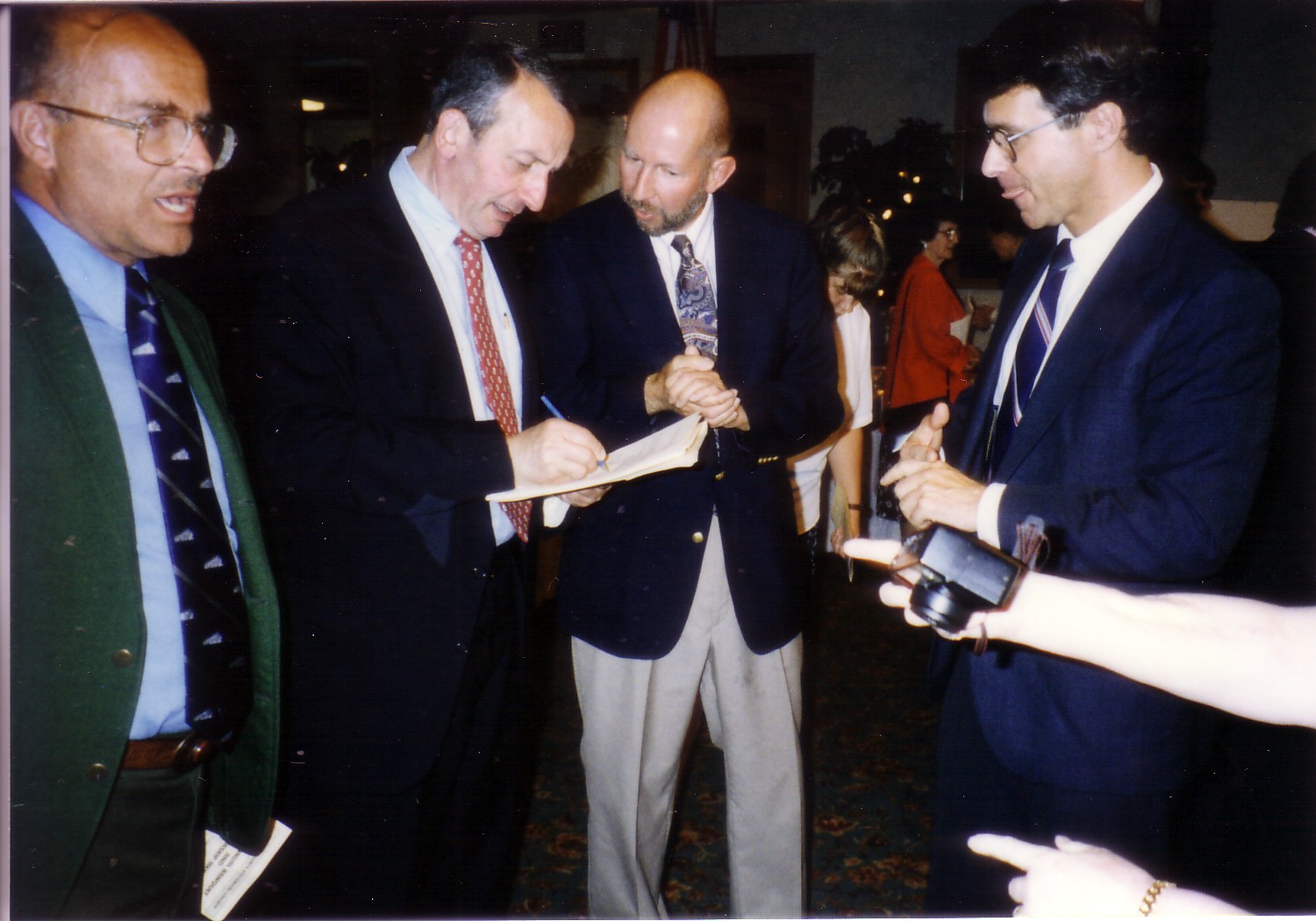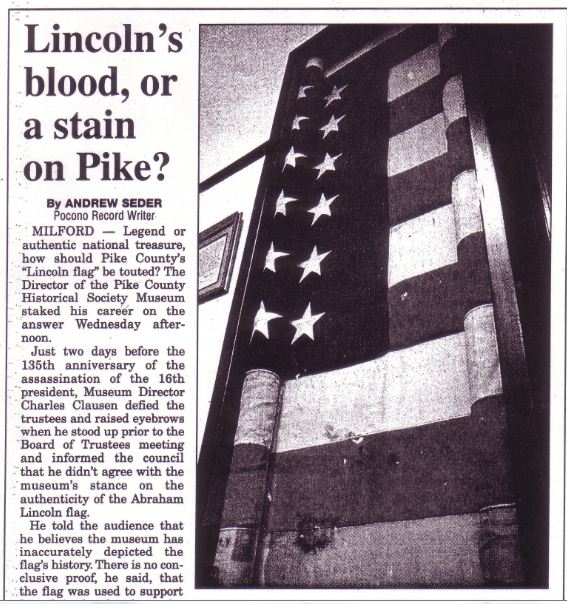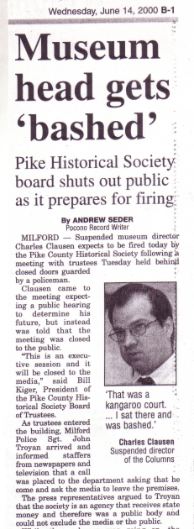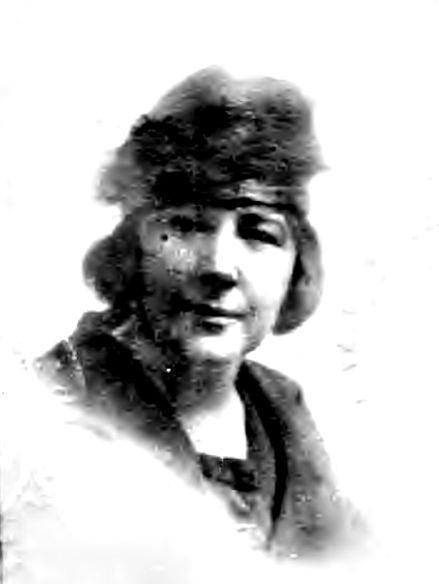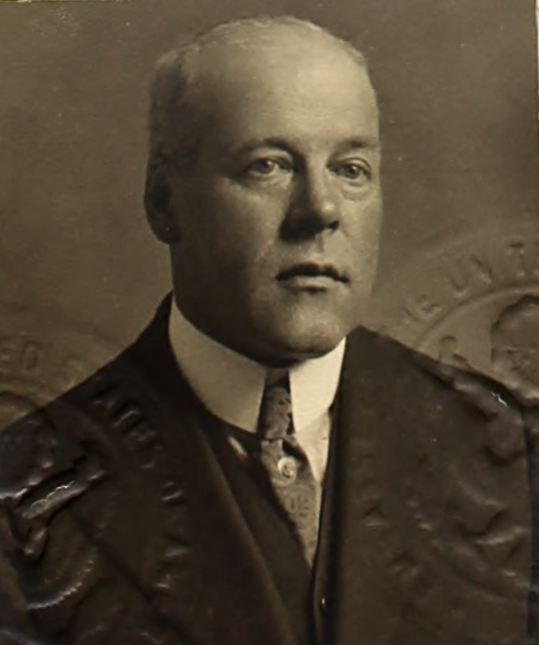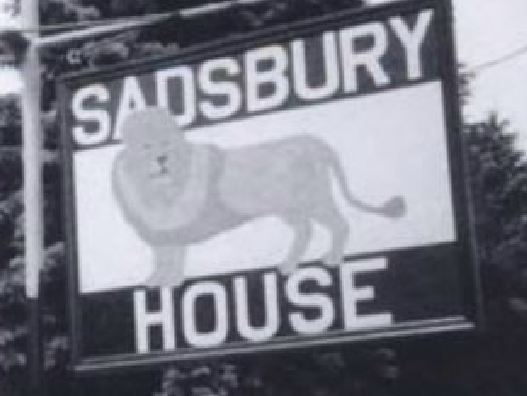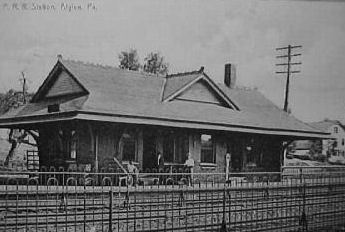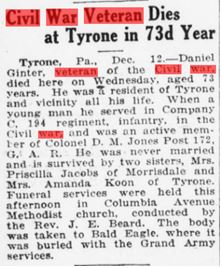Why Was There a Cross-Burning in Elizabethville?
Posted By Norman Gasbarro on April 17, 2015
On Thursday evening, 22 January 2015, a hate crime occurred in Washington Township, just outside the Borough of Elizabethville, at the home of a young African American woman. The woman, who had moved from Harrisburg to make a better life for herself and her two children was targeted by someone who placed a burning cross on her lawn. She was not home at the time the incident occurred. Neighbors put out the fire and the next day, when she returned to her home, she was told of the cross-burning, whereupon she called the State Police, who allegedly did not respond to her call for two days.
Unfortunately, the initial statements from authorities indicated that the cross-burning was being treated as an “isolated incident” and perhaps a “childish prank.” It was anything but!
State Police made the crime information public about a week after the cross-burning occurred so it was not until 29 January 2015 when the first reports began to appear in the media.
In the videos posted on line, the victim told of her fear for herself and her children:
1. The Harrisburg ABC Affliate’s Report. “Elizabethville Woman Shocked By Cross Burning In Her Yard.”
2. The Harrisburg NBC Affiliate’s Report. “Police Investigating After Cross-Burning on Lawn of Dauphin County Home.”
In those reports, the young woman also related prior incidents in which her car window was shot out and her home was broken into.
Fortunately, the response was quick and damning from some officials of the Christian [United Church of Christ, Lutheran, and Methodist] religious community in the area. A letter was sent to the Harrisburg Patriot-News by five Upper Dauphin County area ministers and published in its 15 February 2015 edition. That letter is reproduced in its entirety at the end of this blog post. The letter concluded with the following statement: “Shame on whoever committed this despicable act in Elizabethville. And shame on anyone who secretly condones such acts, or condones the attitudes that inspire such acts.”
On the same day that letter appeared, the Harrisburg affiliate of CBS reported that two white, teenage boys had been been charged with the crime. Since the boys were 14 and 17 years old, the case was referred to the Dauphin County Juvenile Court System and the names of the two boys were not released because of their ages. The local newspapers, the Upper Dauphin Sentinel (Millersburg) and the Citizen-Standard (Valley View) specified the charges levied against the two juveniles as ethnic intimidation [hate crime], arson, reckless burning, criminal mischief, disorderly conduct, criminal mischief, and criminal conspiracy. The Sentinel also revealed that there was a second woman in the same apartment complex who had also been victimized and that the local YWCA was attempting to re-locate both women and their families to an area where they would feel safer.
Hate crimes do not occur in isolation. And, juveniles do not act in such a despicable manner unless they are directly influenced by adults. As the ministers stated in their letter, “Unless we teach our young people – and remind ourselves – about the atrocities once committed back in the days of legalized discrimination, we will never get past incidents such as this one.” The ministers also said: “Our school systems, churches and other organizations have worked hard to educate people concerning racist policies and attitudes; as well as to promote, at both the personal and the professional level, an attitude of acceptance and a goal of fair and equal treatment for all people.”
But, at least one organization in the Lykens Valley area has not accepted principles of tolerance and fair and equal treatment of all people. That organization is the Gratz Historical Society which is led by Lois and Charles Schoffstall of Gratz.
On 28 May 2014, it was reported here on this blog of bigoted attitudes being promoted by these so-called leaders of the Gratz Historical Society. The shameful and ignorant views of those claiming to be in authority at the Gratz Historical Society have manifested themselves in creating a hostile work environment for volunteers, use of the resources of the Society to promote hatred and discrimination, gross distortions of the historical record, and numerous possible violations of State and Federal law. The blog post, entitled “Why Are There Ku Klux Klan Uniform in Gratz?” began with a description of an offensive “shrine” to the Klan at the Society’s museum on East Market Street in Gratz and then gave the “official” interpretation of that exhibit of three Klan uniforms which is included in a video produced by the Society.
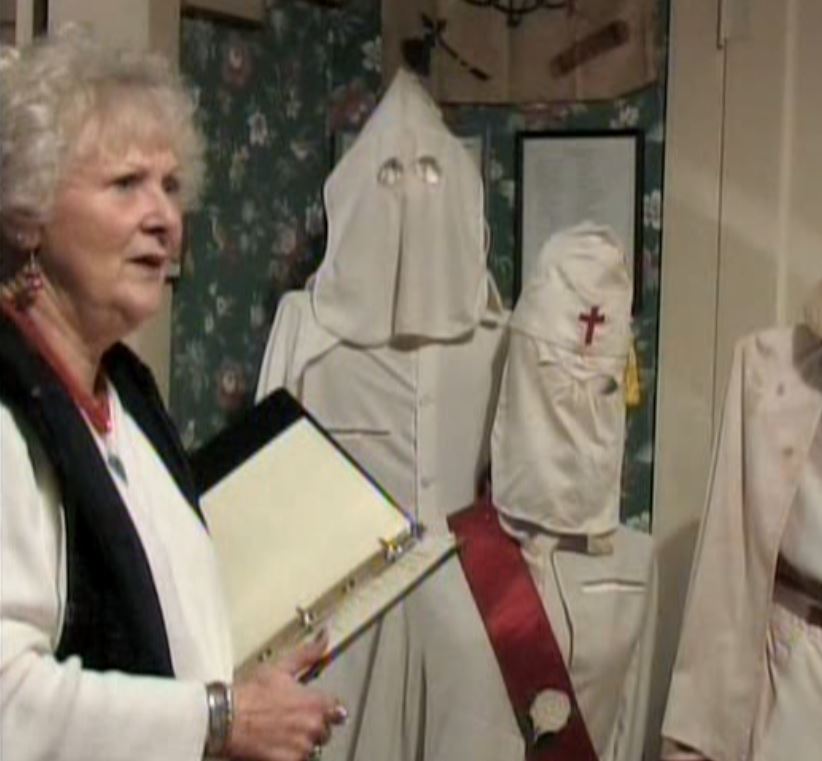
Becci Stine Hoover describing the “shrine” to the Ku Klux Klan in the official Gratz Historical Society video, “A Video Tour.” (Screen Capture)
In the video, Becci Stine Hoover, a retired businesswoman from Elizabethville, makes light of the Klan’s activities in Gratz and then proceeds to give the “Heil Hitler” salute to the three mannequins wearing the Klan uniforms. In the background, Charles Schoffstall, a retired businessman of Gratz, loudly laughs at her “joke.” Another person is also heard laughing, possibly Marlin “Shorty” Umberger, a Boy Scout leader from Wiconisco, who served as one of the narrators and producers of the video. Not present in the video or named on its cover, is Lois Schoffstall, who in recent years has illegally seized control of all aspects of the Society. Without a doubt, everything in the video had to approved by her – including the offensive “Heil Hitler” salute – or it would not have been released.

Becci Stine Hoover gives the “Heil Hitler” salute as a “joke” which evokes laughter from Charles Schoffstall. (Screen capture)
The fact that Becci Stine Hoover and the Gratz Historical Society were defending Mrs. Hoover’s uncle, one of the Klansmen “honored” by the offensive exhibit, make the video even more despicable. That Klansman, who is buried in the Maple Grove Cemetery, Elizabethville, across the street from the Upper Dauphin Area High School, was also a distant cousin of Charles Schoffstall, who is heard laughing in the video – and who is known for blurting out ethnic and religious stereotypes as facts, but covers his ears if anyone offends his own “sensibilities” by using the words “damn” or “hell” in his presence.

Charles Schoffstall and Marlin “Shorty” Umberger clown their way through the Gratz Historical Society video. A significant amount of time is spent by Umberger and Schoffstall describing a large collection of Boy Scout memorabilia, while there is nothing in the video to tell of the historical influence of the local Girl Scouts. (Screen capture).
Despite the condemnation of that video here on this blog, the Society continues to sell it and the four persons associated with it continue to be listed as “officers” of the Society.
In 2013, Charles Schoffstall was forcibly removed from the Gratz Zoning Board as a result of his bigoted actions against Amish residents of Gratz. In a vicious, anti-Amish campaign, Schoffstall used the Gratz Historical Society facilities to conspire with other Gratz residents to deny a building permit to an Amish farmer who sought to build a large agricultural facility at the east end of Gratz Borough. On appeal to the Pennsylvania Attorney General by the Amish farmer, the Zoning Board’s decision was reversed and Schoffstall was removed from the Zoning Board. Shortly after that reversal, Schoffstall was confronted by members of the Gratz Historical Society, not only for his bigoted actions while a member of the Zoning Board and use of the Society facilities for an unlawful purpose, but also for his mismanagement of Society funds. As a result of that confrontation, Lois Schoffstall, decided to take the matter to the “Board” and rid the Society of the “complainers.”
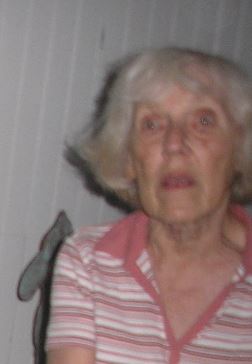
After Charles Schoffstall was confronted for his bigoted actions against the Amish and mismanagement of Society funds, Lois Schoffstall, acted to rid the Gratz Historical Society of anyone who disagreed with her or her husband. (Photo taken at Society program).
Those mentioned above who were part of the video, in addition to a few carefully selected Society members, took part in a secret “Board” meeting held on 16 October 2013 at the Society building which “voted” to give complete control of decisions relating to all aspects of the operation of the Society to Lois Schoffstall. The “decision” of the group included allowing Lois Schoffstall to purge any volunteers who disagreed in any way with her views on operating the Society or anyone who questioned any of the actions of her husband, Charles Schoffstall. Following that meeting Lois Schoffstall demanded that the Society’s web site be immediately terminated and the last two persons who had questioned anything she or her husband had done were purged as volunteers.
The rubber-stampers who attended that secret meeting were Raymond Hartman, of Lykens Township, an official of Simeon Lutheran Church and the Gratz Union Cemetery Association; Suzann Williams, of Halifax Borough, a retired employee of the Pennsylvania Liquor Control Board; and Raymond Lahr, of Lykens Township, also retired. Shame on all of you who participated in that meeting for not allowing the complaints against the Schoffstall’s to be properly adjudicated! And, shame on all of you for claiming to be officers of the Society when in fact you have not been legally elected as such!
Complaints from members/volunteers about the behavior of Lois and Charles Schoffstall result in the purging of those volunteers who make the complaints rather than addressing the issues that were the basis of the complaints. Those accusations, outlined and more fully explained in the blog post, Why Are There Ku Klux Klan Uniforms in Gratz? are again coming to the fore in relation to the cross-burning incident that occurred in Elizabethville in January 2015.
The Society membership of approximately 200, has never been officially notified of these actions of Lois Schoffstall or those who met on 16 October 2013 to give her complete control of the Society. The first newsletter appearing after the October 2013 incident, reported that things were going along well, just as they always had. There was no mention of anyone who had been removed – they simply disappeared, without explanation. An annual financial statement for 2013, appearing in that newsletter of January 2014, and signed by Charles Schoffstall, continued to falsify the fiscal status of the Society (the two prior annual reports had also falsified the financial status of the Society). That falsification continued in the present report of January 2015, when Schoffstall declared that no money has ever been used from the Endowment Fund. But, Schoffstall failed to explain why there is now approximately $30,000 missing from that Endowment Fund from what should be in the Fund based on annual reports he himself submitted and signed. [Note: The 2013 Annual Report states the Endowment Fund is $141,299.69; the 2014 Annual Report states the Endowment Fund is $121,468 – a loss of nearly $20,000. Both reports say the Fund has “grown steadily over the past few years through member’s contributions… book sales, and interest…. Up to this time period, we have not used any of this Endowment money to support the Society….” What Schoffstall failed to tell the members is that he used the member’s contributions, book sales money and interest to support the Society (approximately $10,000) – rather than depositing that revenue in the Endowment Fund as required by law – and then lied to the membership about what he was doing].
What also should be noted here is that after pretending that nothing wrong ever happened at the Society and not accounting for the missing/purged volunteers, the Society, under Lois Schoffstall, proudly announced in its July 2014 newsletter that it was mentoring three students from the Upper Dauphin Area High School who were “not only helping [the] staff, but [were] becoming very familiar with the history of the area they live in.” What history were these young people learning? Were these students shown the video as an introduction to the exhibits at the Society and to the Society’s “official interpretation” of the activities of the Klan in Gratz and the Lykens Valley? Perhaps it is just a coincidence that two of the students who volunteered at the Society this past summer were approximately the same age and gender as the two juveniles who were arrested in the cross-burning. Note: Students in most of the Lykens Valley attend the same high school – Upper Dauphin Area High School – a small high school with approximately 100 students at each grade level and where most of the students in the school district have been together since grade school.
What also should be questioned is the role of Marlin Umberger in influencing youth about the history of the area, especially when that history concerns race relations. In a press release by the Society in March 2015, Umberger was touted as “one of the most knowledgeable persons of local history in our area. He has given many programs at our society and high schools (many recorded…) on the local and state history.” Did Umberger ever show the offensive video at the Upper Dauphin Area High School?
There may never be any direct link made between the bigotry exhibited by the Gratz Historical Society and its so-called “officers” and the cross-burning that took place in Elizabethville on 22 January 2015. But, indirectly, and as part of a culture that accepts and promotes attitudes that inspire such illegal actions, the Gratz Historical Society should be questioned at the bar of justice. Certainly there is enough evidence to shut down this group solely based on its failure to operate within the confines of the law. Note: Routinely, hate crimes are completely and thoroughly investigated by the Pennsylvania Attorney General’s Office and by the U.S. Department of Justice; no doubt this hate crime is currently being examined.
“Shame on all of you” – Lois Schoffstall, Charles Schoffstall, Marlin Umberger, Becci Stine Hoover, Suzann Williams, Raymond Hartman and Raymond Lahr. You all should immediately resign* for your disgraceful conduct and remove yourselves completely from the Gratz Historical Society so its members can re-organize and follow the laws of the State and Federal government – and promote what is just and right! In the words of the five ministers: “Unless we stop laughing at racial jokes and slurs, people will assume it is still okay to say such things….” and “unless we teach our young people – and remind ourselves – about the atrocities once committed back in the days of legalized discrimination, we will never get past incidents such as this one.”
Why was there a cross-burning in Elizabethville? That question has now been answered.
——————————
*Since the Gratz Historical Society has not held legal elections in many years, consultation with an attorney will be required as to how to proceed. In any re-organization, Life Members (and Annual Members who can verify that their dues are current), must be notified of any actions that will be taken, the opportunity available to seek positions as officers and directors by election, and the date and place when such elections will take place. A forensic audit also may be required since the Society books have not been properly kept for years.
——————————
The following is the text of the letter from the five area ministers:
The recent cross-burning incident [hate crime] that occurred in Elizabethville has greatly upset a young African-American woman trying to make a new life for herself and her children. For this family, what should have been a fresh start in a welcoming community has become a rude awakening to deep-rooted prejudices.
On January 22, this woman discovered that a burning cross had been placed right outside her apartment. A burning cross is a symbol from our racist past, a bigoted and cruel past that, as a nation, we have worked for decades to move beyond. And yet, someone in our area chose to resurrect those old attitudes, reminding us that we still have work to do.
Speaking with people throughout the community, the most common response to this incident has been, ” I thought we had gotten past this sort of thing.” And yes, in some respects, we have. Laws and policies have been enacted to level the playing field for all races, creeds and genders, and colors. Laws and policies have also been enacted to impose harsh penalties when groups within our culture are specifically targeted out of hatred. Our school systems, churches and other organizations have worked hard to educate people concerning racist policies and attitudes; as well as to promote, at both the personal and the professional level, an attitude of acceptance and a goal of fair and equal treatment for all people.
This is all good, But it is clearly not enough, as the recent cross-burning incident makes clear. We can change the laws to protect people, we can impose stiff penalties when those laws are broken, and we can educate and encourage people to treat others fairly. But unless people’s hearts are changed, we will never eradicate the root causes of these acts and the attitudes that lie behind them.
Unless we stop laughing at racial jokes and slurs, people will assume it is still okay to say such things. Unless we stop turning a blind eye to unequal treatment of people based on prejudice, such inequalities will continue. And unless we teach our young people – and remind ourselves – about the atrocities once committed back in the days of legalized discrimination, we will never get past incidents such as this one.
Shame on whoever committed this despicable act in Elizabethville. And shame on anyone who secretly condones such acts, or condones the attitudes that inspire such acts.
Rev. Raymond W. Holland III, Salem United Church of Christ, Elizabethville; St. Paul’s United Church of Christ, Sacramento.
Rev. Thomas Bruner Jr., St. John Evangelical Lutheran Church, Berrysburg.
Rev. James Lewis, Trinity United Methodist Church, Elizabethville.
Rev. Nathan C. Minnich, Salem Lutheran Church, Elizabethville.
Rev. Jeffrey Wagner, St. Peter’s United Church of Christ, Lykens Township; Peace United Church of Christ, Berrysburg.
The on-line, abbreviated edition of this letter can be found on the PennLive web site. The letter was also printed in the 3 March 2015 edition of the Upper Dauphin Sentinel (Millersburg), with the following added editor’s note: “The Sentinel received the following letter prior to the announcement that charges had been filed against two minors in connection with the incident referenced in the letter. Due to space restrictions, the letter had not been published earlier.” For some unknown reason, the words “hate crime” do not appear in the Sentinel version of the letter. “Hate crime” is inserted in brackets (above) at the place where the words were changed to “cross-burning incident.”
 ;
;

